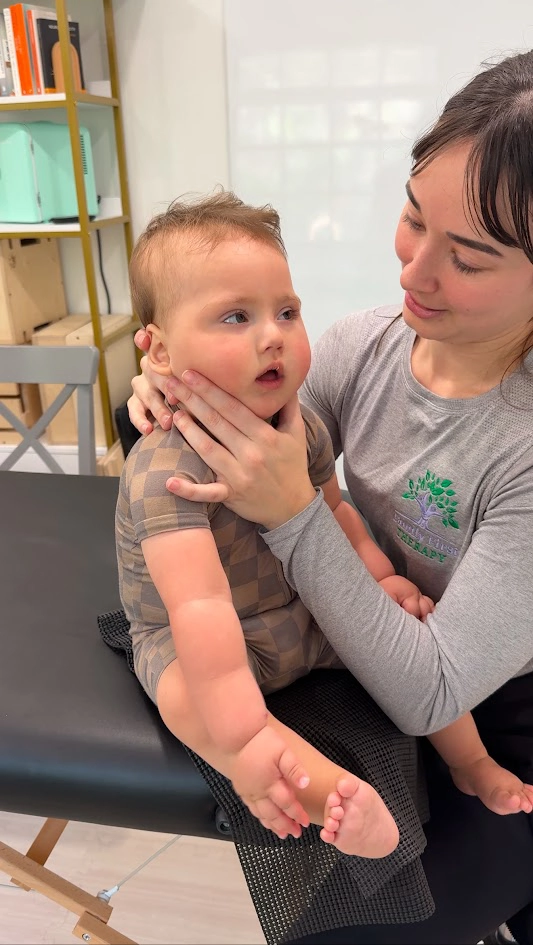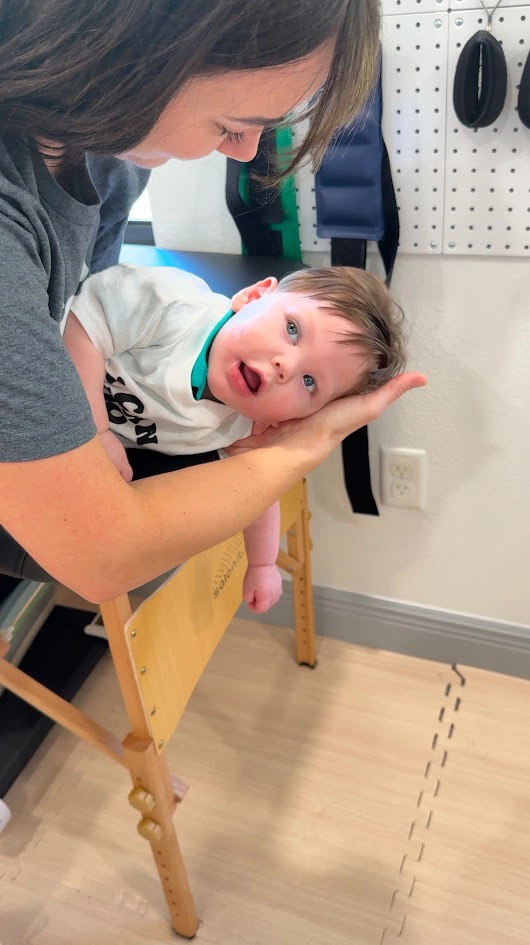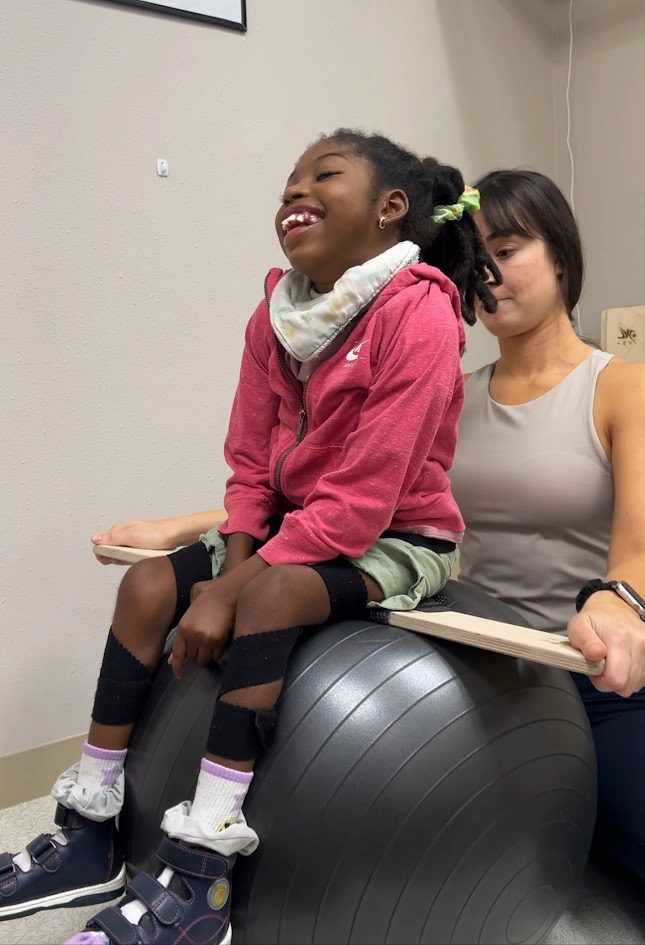Intensive Therapy For Children
Unlock your child's potential with specialized intensives, designed to fast-track progress and bolster functional independence. Our approach is ideal for children with motor delays.
Who Benefits from Intensives?
- Children diagnosed with ANY type of gross motor delay including conditions such as Down Syndrome, Cerebral palsy, global developmental delay, hypotonia, chromosomal abnormalities/genetic disorders, spinal cord lesions, or acquired brain injury may benefit from this form of therapy.
- Children at risk such as those who are born prematurely can also benefit from this therapy due to the strong neuroplastic changes that this treatment stimulates within the developing brain.
- Children with orthopedic conditions such as torticollis, toe walkers, genu valgum (knocked knees), in-toeing, and others
Explore Our Programs
- DMI Intensives Focused on dynamic movement intervention, tailored to stimulate neurodevelopmental progress.
- Upper Extremity Intensives Specialized to enhance upper body strength and coordination through targeted exercises.
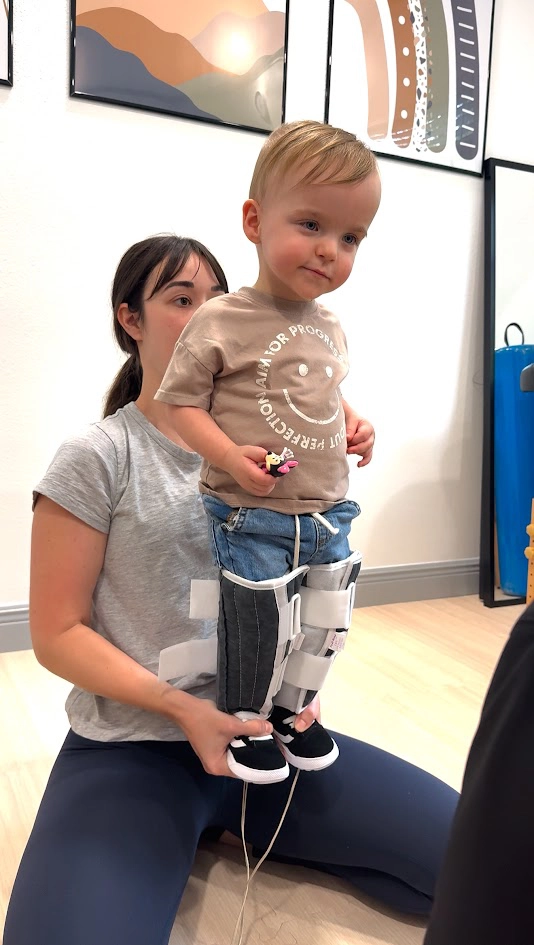
Success Stories
“ We have had the privilege of working with Alex since Alannah was one year old. Just before Alannah turned 3 we discovered DMI. One year later, just before her 4th birthday, Alannah completed her first DMI intensive with Alex. We had a pretty big goal of Alannah being able to take 10 unaided steps by the end of our two week intensive. (She had very limited independent standing and still needed support to take steps.) Alannah blew us away by accomplishing this on day one and continued to crush her goals over the two weeks working with Alex.
DMI has completely changed our little girl’s life. We are so blessed to be able to now see Alex for weekly DMI sessions and for intensive therapy. Alex loves what she does and it shows. Having a therapist who wants to continually learn and push themselves in order to better help their clients, and makes therapy fun for them is invaluable. Thank you to Alex and the Family First team for all you do.”
- Michele Pass
Meet The Therapist:
Alexandra is a Florida state-licensed Occupational Therapist. She obtained her Bachelor’s degree in Health Sciences from the University of South Florida and continued her education earning a Master’s of Occupational Therapy at Advent Health University.
In addition to working on our team for several years, Alexandra also works in early intervention, servicing the birth-3 population, and hospital-based inpatient rehabilitation. Alexandra is passionate about applying the knowledge and expertise she has gained from her vast experience across multiple settings.
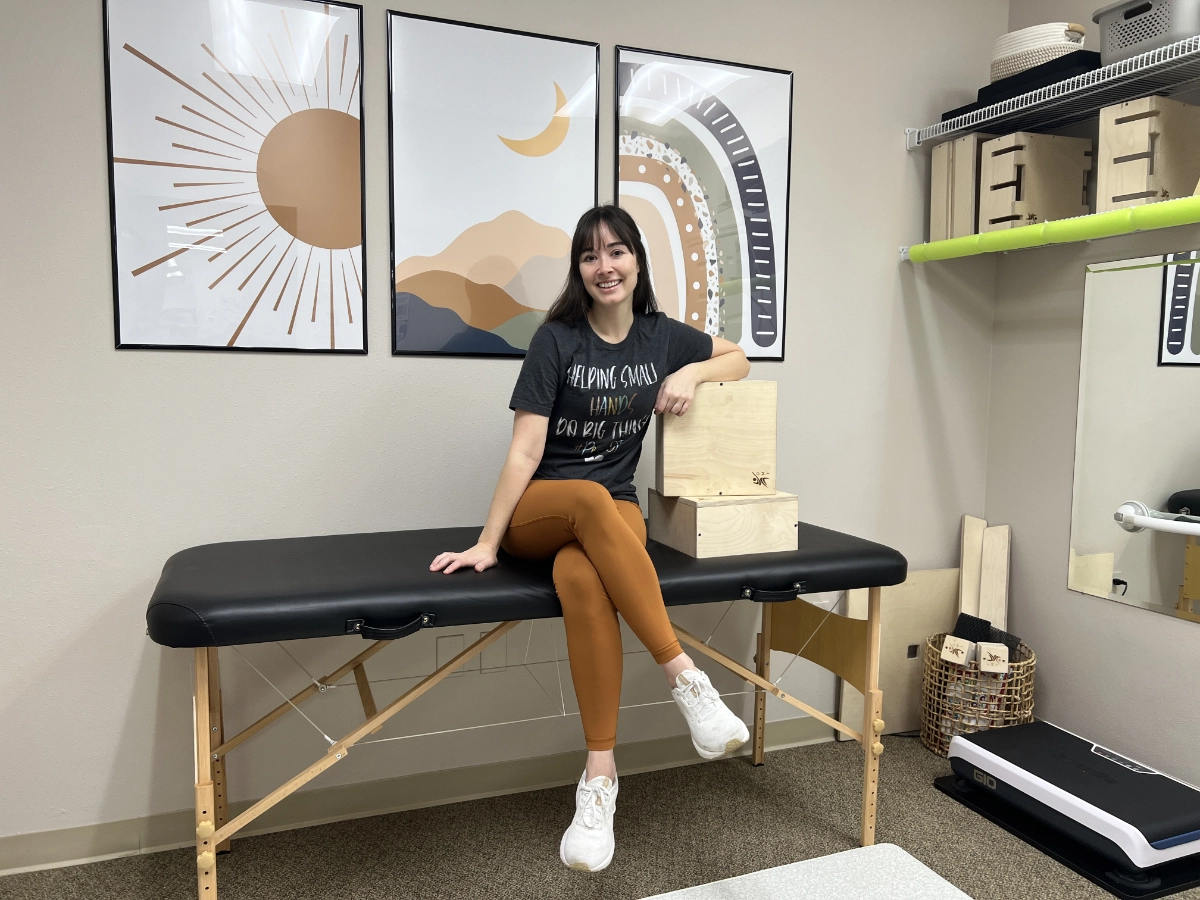
Alexandra continues to expand her skill set by continuing to take courses to enhance her practice. Alexandra has advanced training in Dynamic Movement Intervention (DMI), Constraint-Induced Movement Therapy (CIMT), and Bimanual Therapy styles. In combination with these skills, Alexandra uses a variety of modalities such as Task-Specific Electrical Stimulation (TASES) and Whole-Body Vibration (WBV) to help children achieve their
Ready to Transform Your Child's Future?
Schedule a consultation with us today, and take the first step toward unlocking your child's full potential.
What is an Upper Extremity Intensive?
Our upper extremity intensives are designed to improve upper extremity function in children who have functional difficulties involving one hand or arm. Our therapists employ a variety of techniques to optimize function in the affected limb through engaging activities that are functional and progressively challenging.
Programs are designed to encourage the active use or increased utilization of the affected limb. We attribute the decline in both-hand usage to a combination of factors such as weakness, increased tone, poor coordination, and the development of "learned" non-use.
This comprehensive program is specifically designed to address and counteract these contributing factors. The ultimate objective is to enhance your child's engagement in play, self-care, and school activities by promoting the use of the affected arm and hand.
Our specially trained occupational therapists will work with you and your child to create a treatment plan specific to your child’s needs.
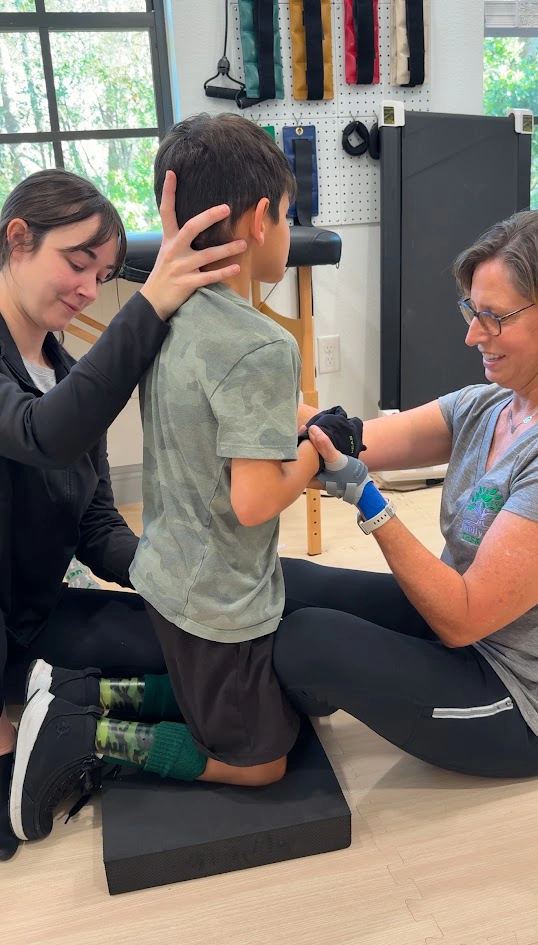
Who Benefits From an Upper Extremity Intensive?
Children over one year of age who have functional deficits involving one hand or arm. Common diagnoses may include cerebral palsy, brachial plexus injury, traumatic brain injuries, or hemiparesis.
Program Specifics:
For Upper Extremity Intensives the recommended duration is 3 hours of therapy per day for approximately 3 weeks to improve the functioning of the involved upper extremity.
Upper extremity Intensives may include:
Call us so we can talk about your child’s treatment plan today.
813-848-0341

